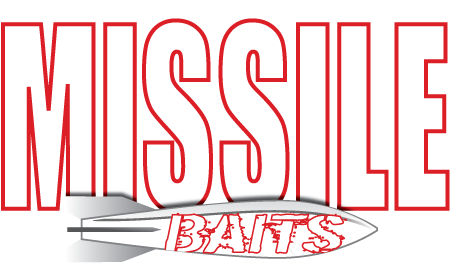Why Big Bass Get Away

The short answer: Bass lures and most of the rest of our tackle are designed to catch 3 to 5 pound bass at best, and so are we. But that’s the big picture. Let’s take a closer look at the details.
Lures in the 3 to 6-inch size fit into a 3 to 5 pound bass’ mouth without a lot of extra space. That lets the hooks penetrate into the sides and the corners of its mouth. However, as a bass grows its mouth gets bigger and the relative size of the lure gets smaller. A giant bass has the ability to hold an ordinary size lure without the hooks penetrating like they do with an ordinary size bass.
An example of what I’m talking about occurred during the 2010 Elite Series - Southern Challenge on Lake Guntersville where I finished 3rd.
Most of my fish the first two days were caught on a SPRO Little John DD crankbait. On one particular school of bass, I caught six or eight bass in a row all between 2 and 3 pounds. My hooksets were perfect and I was not excited because I already had 20 pounds in the live well of my Bass Cat.
On my next cast I hooked one that felt about the same. But as it started to come up and jump I realized it was running at me rather than away from me. It jumped. I estimated it to have weighed well over 10 pounds. My marshal said that he had caught over 20 bass over 10 and was sure it was over 11 since it jumped only 20 feet from him.
She made her jump. She opened her mouth. My crankbait shot straight out of her mouth without touching any part of it. It looked like my Little John DD was coming out of a cave. It is a mental picture etched in my brain.
Another issue that makes landing giants problematic is line size. For the most part our lines average between 10 and 20-pound-test. That’s plenty strong when your bass weighs 4 pounds but it’s not plenty strong when your bass weighs two or three times that much.
The force at which a 4-pounder can pull and thrash is nowhere near that of an 8, 10, or 12-pounder. Our lines will handle 99 percent of the bass in our lakes but not the top one percent.
An example of that happened to me during the 2007 Elite Series - Battle on the Border on Lake Amistad.
The bite was crazy good. I was catching them at will around flooded bushes on a 5-inch Yamamoto Senko and 14-pound-test fluorocarbon. My line was light on purpose because I wanted the bait to quiver on the fall, and it was also before I was using Sunline.
I made a cast to a lone tree back in a pocket. It was the perfect outer lone tree. I saw the line jump. I had everything ready to go, or so I thought. The fish turned straight into open water. That bass started stripping drag and ran about 30 yards like a big saltwater fish. Then my line snapped with a loud pop. I never saw that bass but it pulled so much harder than the 5 and 6 pounders I caught that week, I couldn’t believe it.
The human factor plays into this thing of big bass coming unbuttoned, too.
We’re used to setting the hook and fighting our fish for somewhere between 3 and 10 seconds before we flip them into the boat or net them. We get programmed for a specific sequence of events. We know how hard to pull. We know how hard they pull. But then ‘Ol Bessy bites. It’s a new ballgame.
And when she does, you go into autopilot expecting the same result. But that result doesn’t happen, not most of the time anyway.
If you get a hook into her and if your line holds, you have to fight the beast properly. Bigger fish pull harder and thrash harder so they often tear a bigger hole in their lip where the hook has penetrated. They also have the force to pull you around pilings, under logs and into other places that give them an advantage.
There’s no perfect solution to this — they’re big and they’re strong. But one trick you can use to help control them is to use your trolling motor to help position them and keep them where you want them. Another thing is not to try to land them when they are hot. A tired bass is a much more manageable bass.
A big bass coming unbuttoned will haunt you forever, but it happens to all of us. That’s why I mentioned the two examples of my lost giants that I did. I have more. It’s a part of bass fishing.
But hooking a giant doesn’t always end in frustration. Sometimes things go your way and you do land them.
At the 2019 Power-Pole Bassmaster Elite at St. Johns River I landed the biggest bass of my life. She weighed 11 pounds, 2 ounces. I brought her in on a spinning rod and 12-pound-test Sunline. I’d like to think that I stayed cool and did things right that day, and I did. But I also had a lot of luck. For that I’ll be forever grateful. There is a great video of that catch on bassmaster.com…
Go catch a giant, or at least hook one.
